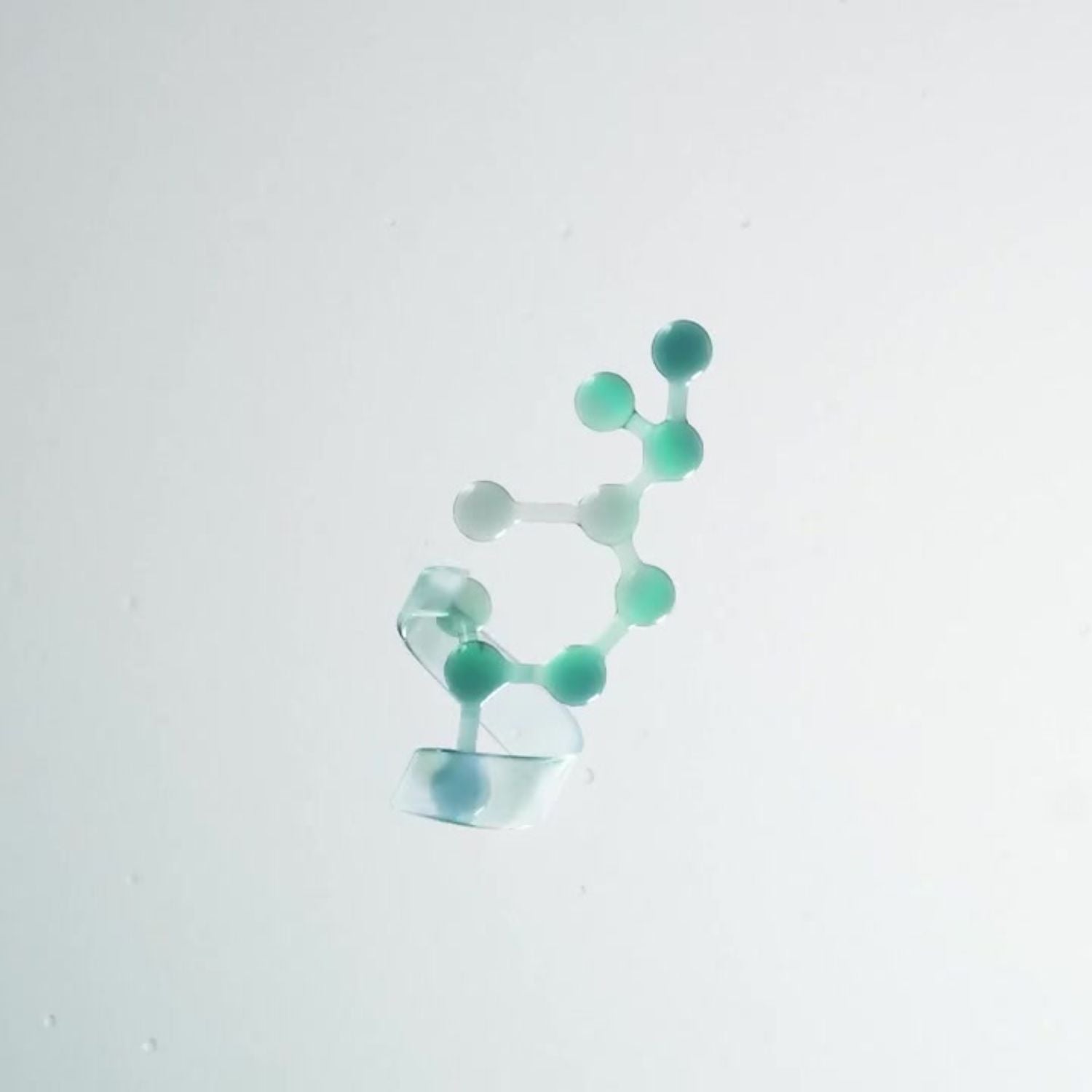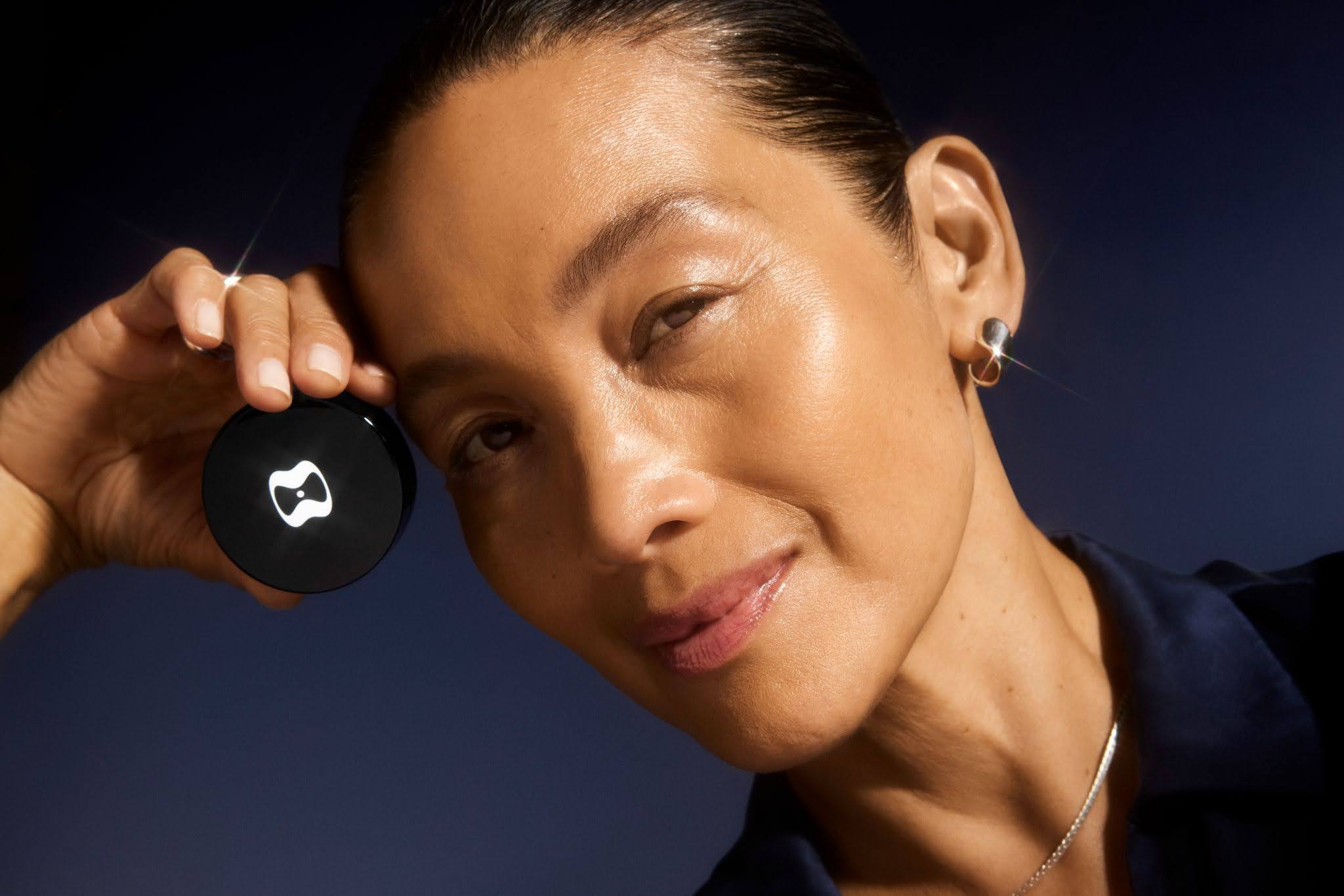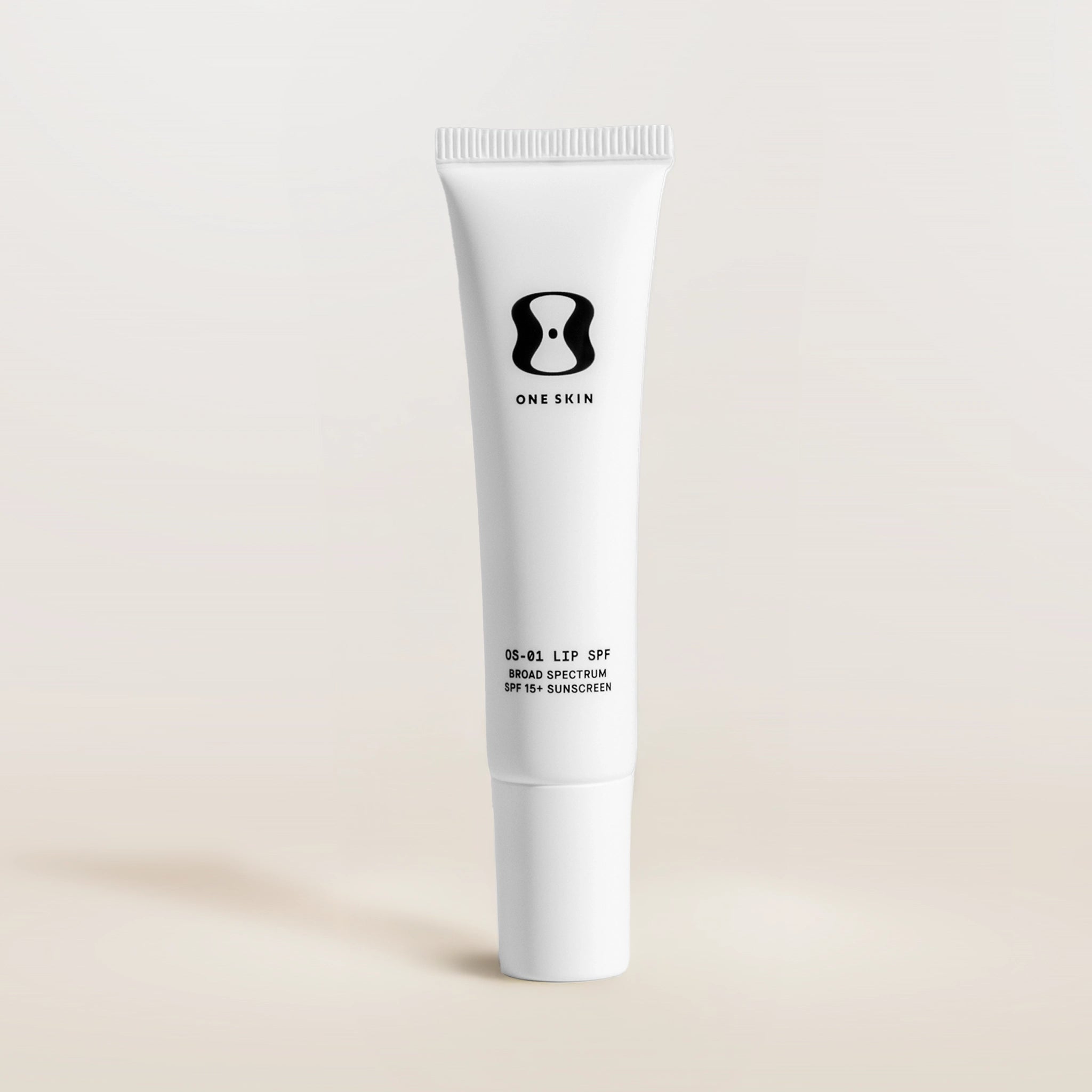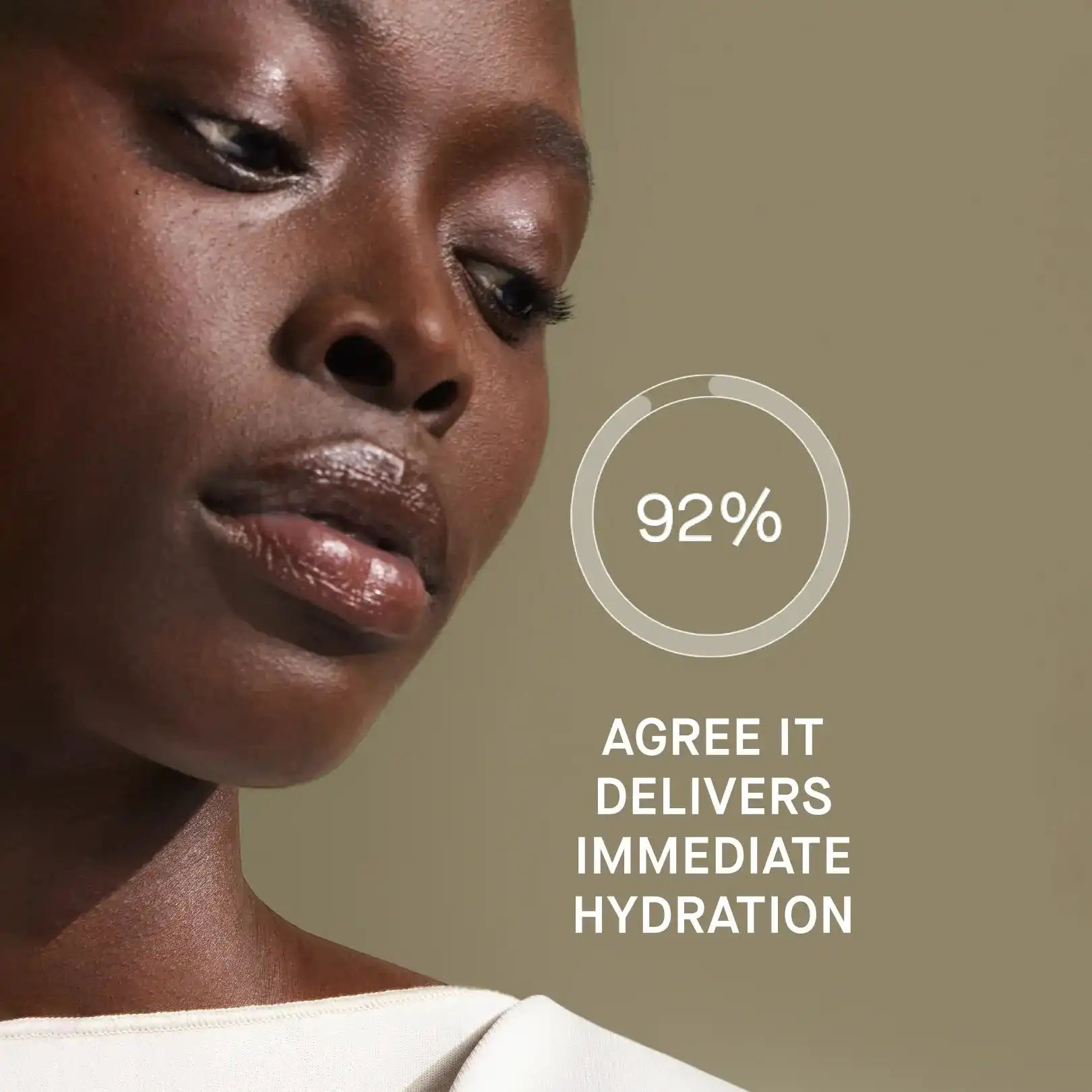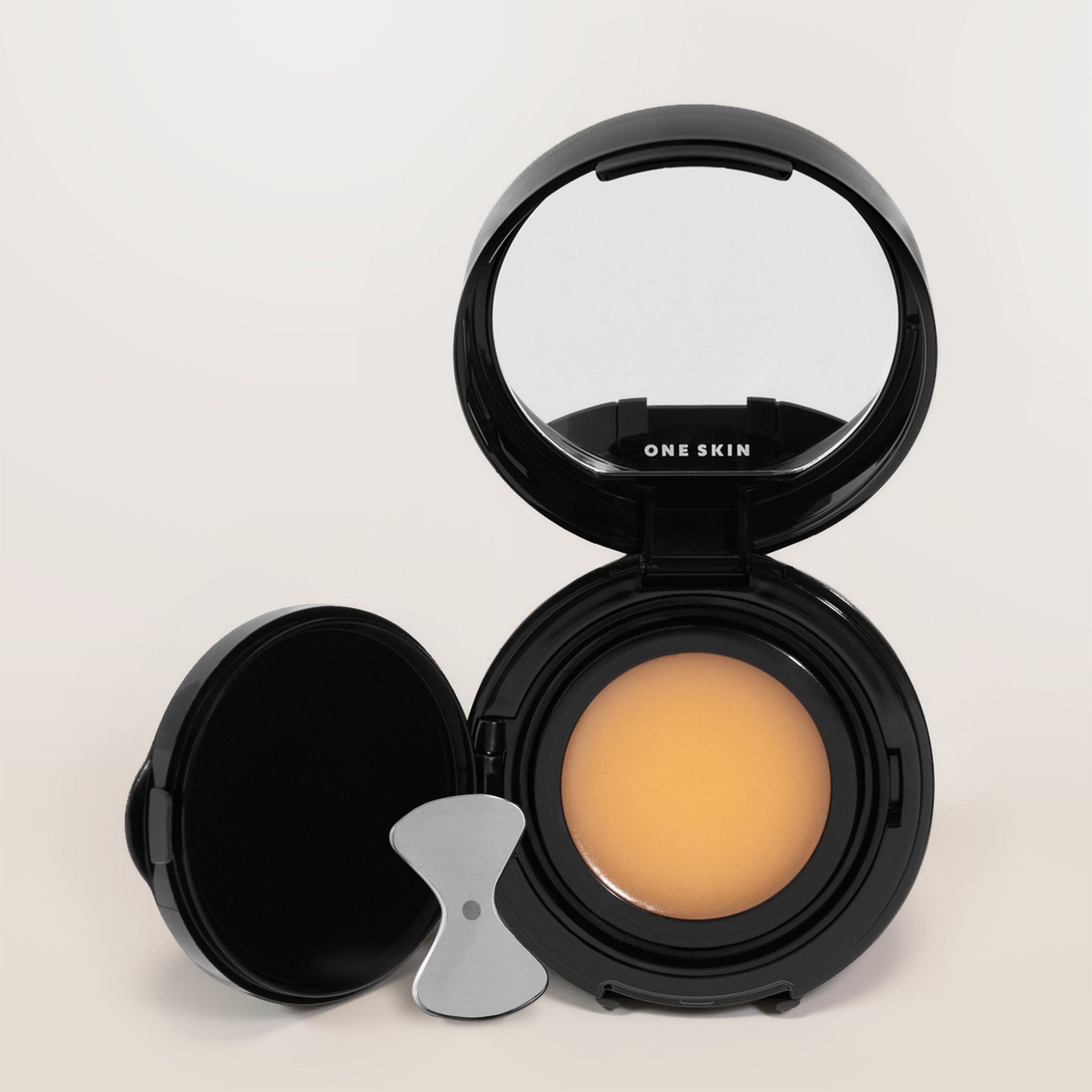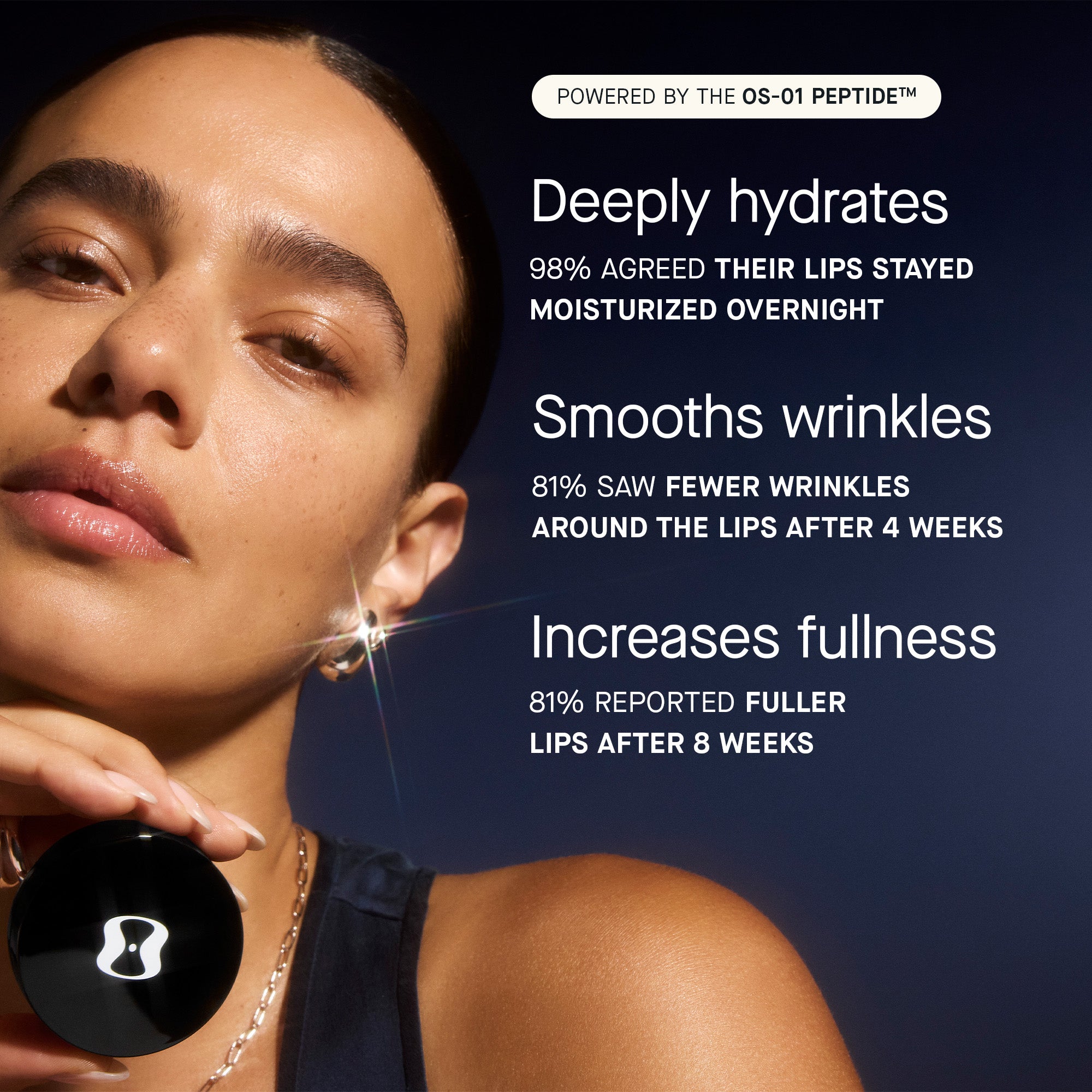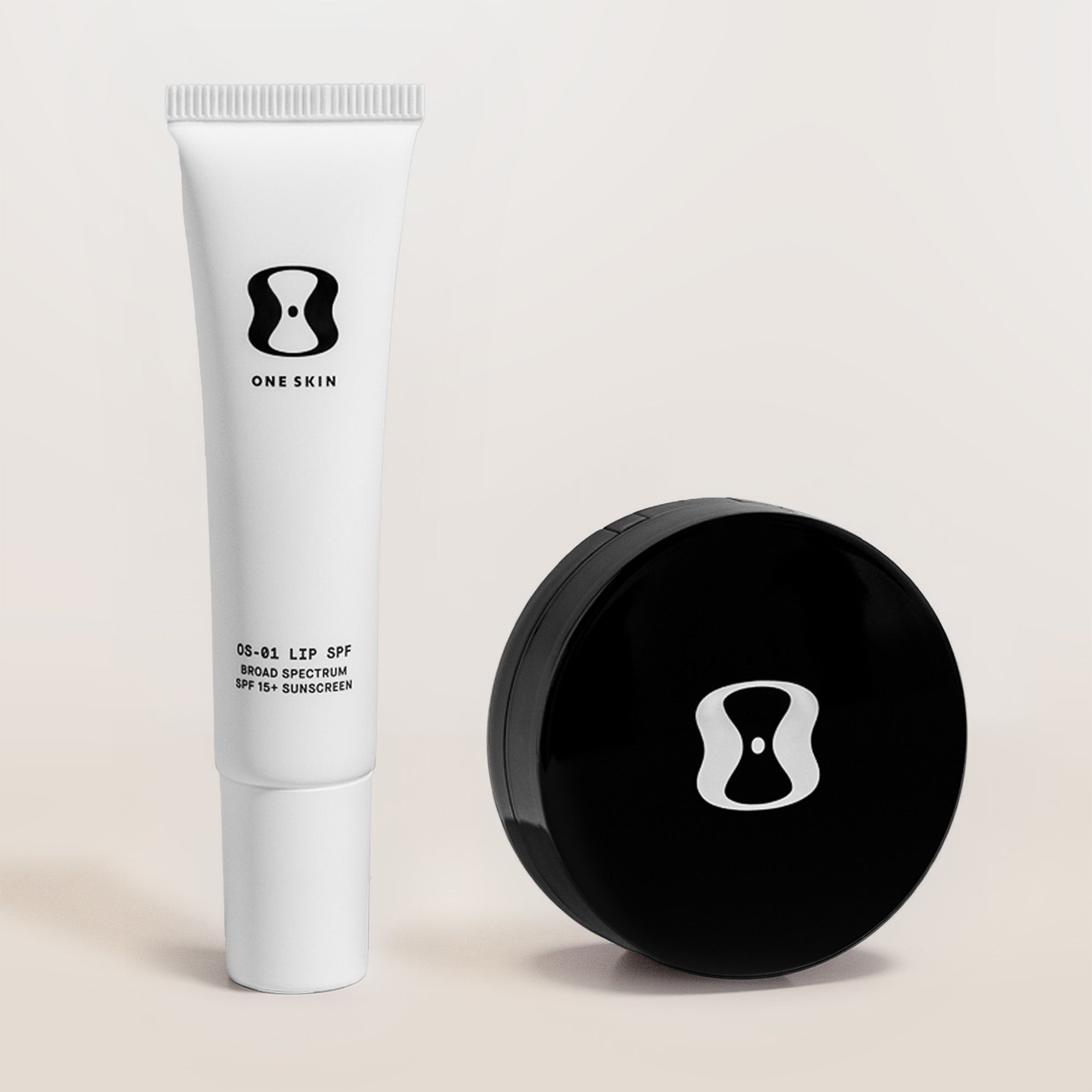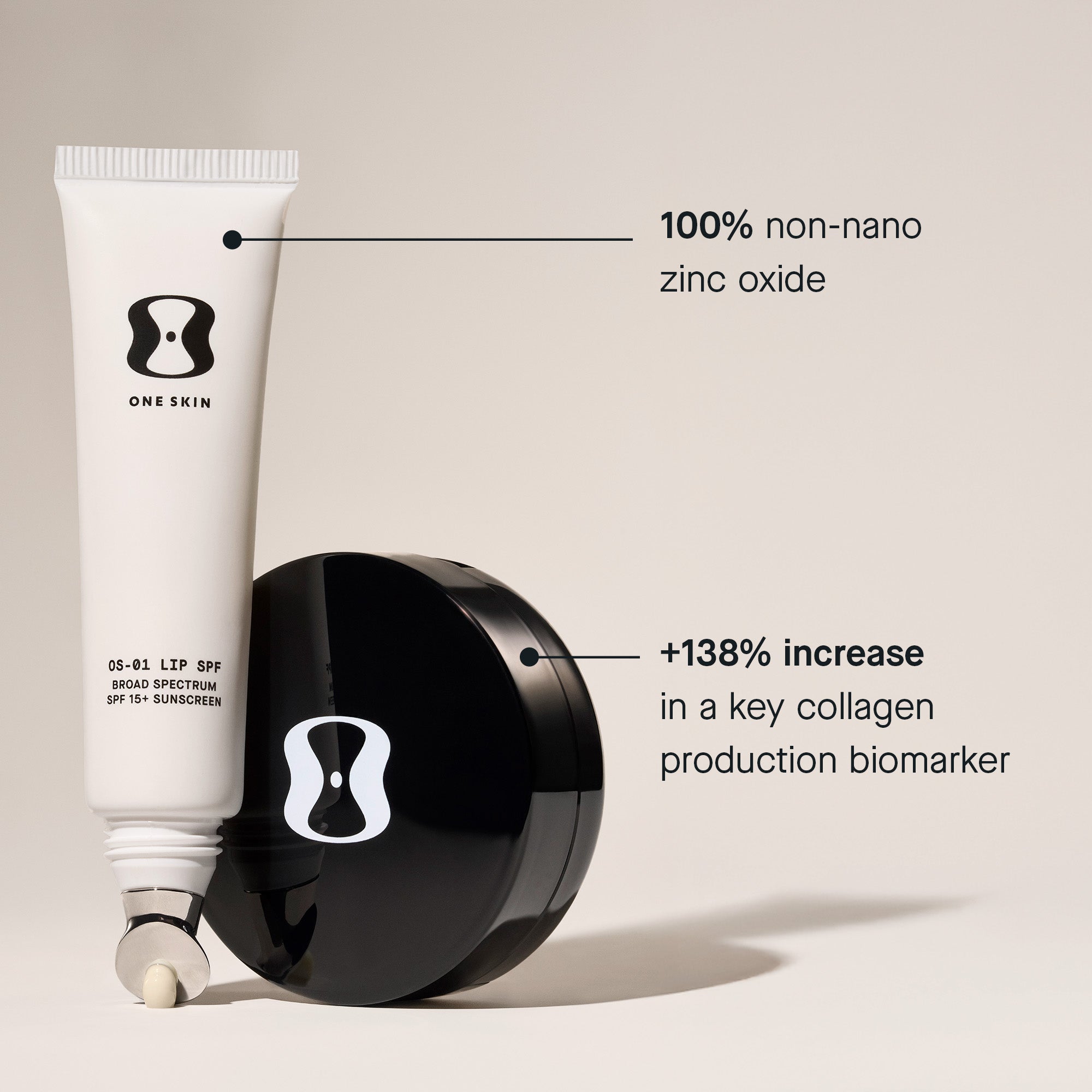It’s easy to think of the lips as just another part of the face, but in reality, they are among the most distinctive and specialized parts of the skin. Constantly in motion and continuously exposed to the environment, they serve as a functional organ, a visible marker of health, and an essential part of how you show up every day.
Yet, the very traits that make lips so flexible and expressive also make them prone to drying out, becoming chapped, and aging more quickly than normal skin. So, what makes lip skin so unique, and how does that affect how it ages?
How is Lip Skin Unique?
Your lips aren’t simply “thinner skin”. They have a special structure with different cells, blood flow, and protective layers that make them respond differently to stress and care. Here's how that skin is unique:
Thinner Skin Barrier
The skin on the lips is some of the thinnest on the body, especially the outermost layer of the epidermis, the stratum corneum. While the cheeks may stack up to 16 layers of protective cells, the lips only have around 3-5.[1] This makes the lip barrier weaker, allowing water to escape more easily.
No Sweat & Oil Glands
Unlike the rest of your skin, lips don’t have oil or sweat glands. That means they can’t make their own protective oils or moisture film.[2] This, together with the much thinner skin on the lips, is why lips are so prone to dryness, and products soak in differently than they would elsewhere on the face. While this increases transdermal absorption of applied products, it can also make it easier for irritants and pollutants to enter deeper skin tissues and even the bloodstream.[3]
Fewer Melanin-Producing Cells
Lips contain fewer melanocytes, the cells responsible for producing melanin in the skin. Melanin not only dictates skin tone but also plays a key role in photoprotection. This makes the lips more susceptible to UV-induced DNA damage and the degradation of connective proteins like collagen and elastin.[2]
No Keratinized Barrier
One of the ways that skin maintains a waterproof barrier is with the protein keratin. The cells on the vermillion (lip skin) are less keratinized to support mobility for speech and eating, but have lower mechanical resilience and moisture retention.[4] That's why they're so prone to cracking, cuts, and irritation, and can lose moisture up to 3x faster than skin on the face.[5]
How Do Lips Change With Age?
Lips undergo significant changes with age, associated not just with changes to the lips themselves, but also the tissues under and around the lips. Both structural and cellular changes drive these processes that affect the appearance and function of the lips.
Diminished Lip Volume
Decreased lip volume is the leading factor in perceived facial aging. This, in part, is because lips often lose volume quite fast relative to other facial skin. Underlying this decline in volume is decreased collagen production in lip tissue and shrinking fat deposits and muscle underneath the lips. Histological imaging studies support this, with women experiencing an average 40% reduction in soft tissue lip thickness and men over 30%, leading to a decrease in lip volume of up to 21%.[6]
Changes in Shape and Proportion
One of the reasons that aging can be so prominent is that lips don't just shrink; they can completely change shape. Weakened muscular support can cause tissues to sag under their own weight and migrate downwards. This often causes the upper lip to stretch vertically and flatten out, leading to a less pronounced Cupid’s bow. Additionally, the lips bend downward and elongate over time, becoming about 19% longer in women and 18% longer in men.[6,7]
Loss of Color and Vibrancy
Another visible change on the lips is a loss of natural color. Age can cause a decrease in the density of blood vessels close to the surface. Since the lips have such a thinner outer layer, they can appear less red or pink and more washed out. The contrast between lips and the rest of the face is a visual cue for age; therefore, this decline in vibrancy makes one look older, even when no other signs are present.[9]
Dryness and Constant Chapping
Because of their unique structure, even healthy lips can be prone to dehydration and chapping. Aging compounds this by reducing the water-holding molecules inside the tissue, leaving lips more prone to persistent dryness and cracking. At the same time, when lips thin with age, it can further exacerbate the loss of moisture from the lips. This explains why older lips often need more frequent moisturizing than younger ones.[2]
Blurry Edges and Wrinkles
Over time, the sharp outline of the vermilion border softens. Collagen and elastin degradation, repetitive perioral motion, and muscle weakening blur this natural boundary and promote the formation of fine vertical lines around the mouth. This process is accelerated by factors such as UV exposure, senescence, and oxidative stress.[9]
How Can OS-01 LIP Mask Combat These Signs of Aging?
Healthy lip skin depends on 3 core components: collagen for structure, elastin for smoothness, and hyaluronic acid for hydration. As each of these declines with age, lips lose volume, shape, and softness. That's why we created OS-01 LIP Mask. By stimulating production of these 3 key building blocks, you can restore what time and environmental factors have taken away.[10]

Unlike other products on the market that do little to repair the damage that your lips accumulate, OS-01 LIP Mask actively helps fight against tissue damage associated with the premature signs of lip aging.[10]

Want to go beyond just restoring your lips? Try using both OS-01 LIP Mask and OS-01 LIP SPF in your daily routine. Together, OS-01 LIP SPF fights the 3 primary causes of lip aging during the day, while OS-01 LIP Mask helps your lips recover from accumulated damage at night.[10]
Key Takeaways
- Because the lips have only a few cell layers, no oil/sweat glands, and fewer pigment cells, lips lose moisture faster and resist environmental stress far less effectively than facial skin.
- Without the usual pigment and keratin defenses, lip tissue is especially exposed to UV and environmental insults that drive premature aging.
- Beyond shrinking, lips often change contour as support tissues weaken and migrate downward, making the mouth appear elongated and less defined.
- Degradation of collagen and elastin, repeated motion, and UV exposure soften the vermilion border and promote vertical lines and blurred lip edges.
- Effective lip care should stimulate skin’s natural collagen, elastin, and hyaluronic acid production.
References
- https://www.ncbi.nlm.nih.gov/books/NBK507900/
- https://pmc.ncbi.nlm.nih.gov/articles/PMC8251770/
- https://pmc.ncbi.nlm.nih.gov/articles/PMC12308779/
- https://pmc.ncbi.nlm.nih.gov/articles/PMC4902878/
- https://academic.oup.com/bjd/article-abstract/150/3/563/6636108
- https://journals.lww.com/plasreconsurg/abstract/2019/02000/aging_of_the_upper_lip__part_i__a_retrospective.17.aspx
-
https://www.sciencedirect.com/science/article/pii/S2090536X14000501
- https://pmc.ncbi.nlm.nih.gov/articles/PMC6594803/
- https://onlinelibrary.wiley.com/doi/full/10.1111/jocd.16317
- Based on data from clinical studies and/or lab studies conducted on human skin samples, 3D skin models, and skin or hair cells in the OneSkin lab. Explore more at oneskin.co/claims
